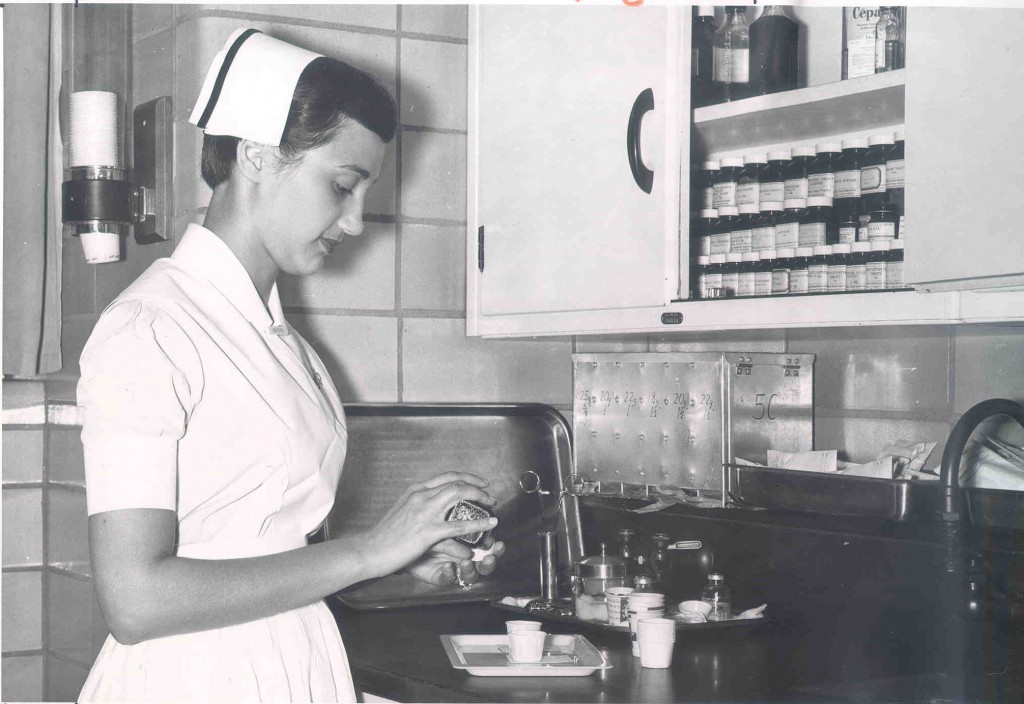No one has ever discovered the true origin of the cap. It has been suggested that the cap was influenced by the stiff white caps worn by the women trained as nurses at the Institute of Protestant Deaconesses, which was founded by Pastor Theodore Fliedner at Kaiserwerth in Germany in 1836. Florence Nightingale once took a course in training there.
But every lady of Nightingale’s day wore a cap indoors. A great many pictures of Queen Victoria portray her with her cap of plain white stiffened muslin with ruching framing her face.
At the turn of the century, many women had very long hair which the nurse’s cap was intended to hold to maintain the hygienic environment necessary for patient care. Early long caps covered the whole head. These caps were replaced by small or short caps which covered only the knot of hair at the top of the head.
Cap design identified its wearer’s alma mater. A black band sewn on the cap signified senior level or graduate status at many schools, and sometimes identified the head nurse on a clinical unit. Its origin is unknown, but some people believe the black band is a sign of mourning for Nightingale.
In the 1980s with the near universal adoption of scrubs and the claim that the cap was a potential carrier of bacteria and other disease-causing pathogens that could be transmitted from patient to patient, the practice of wearing caps was abandoned in most health care institutions. However, caps can still be found in many developing nations, as well as some countries where women continue to make up the overwhelming majority of nurses.



Recent Comments